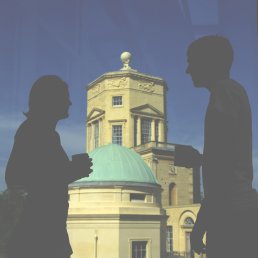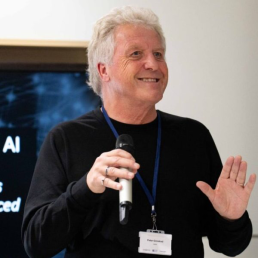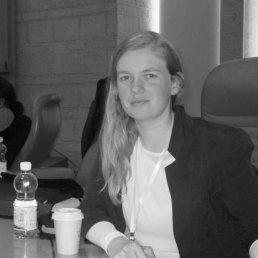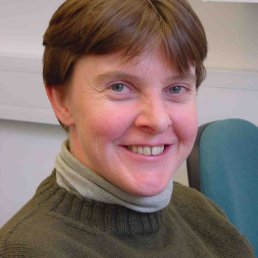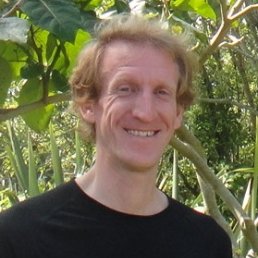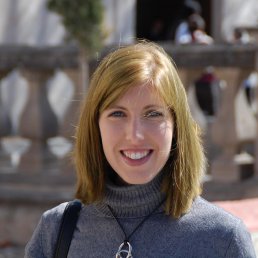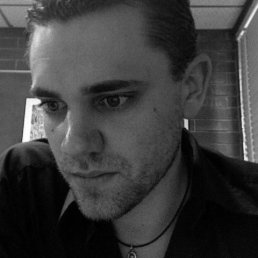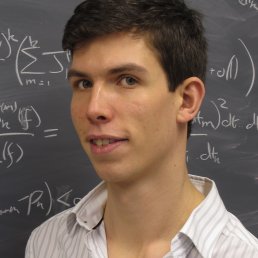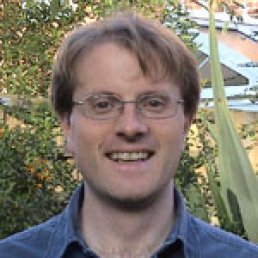North meets South colloquium
Abstract
Valérie Voorsluijs
Deterministic limit of intracellular calcium spikes
Abstract: In non-excitable cells, global calcium spikes emerge from the collective dynamics of clusters of calcium channels that are coupled by diffusion. Current modeling approaches have opposed stochastic descriptions of these systems to purely deterministic models, while both paradoxically appear compatible with experimental data. Combining fully stochastic simulations and mean-field analyses, we demonstrate that these two approaches can be reconciled. Our fully stochastic model generates spike sequences that can be seen as noise-perturbed oscillations of deterministic origin while displaying statistical properties in agreement with experimental data. These underlying deterministic oscillations arise from a phenomenological spike nucleation mechanism.
Matthias Nagel
Knots in dimensions three and four
Abstract: Knot theory studies the various embeddings of a circle into three-dimensional space. I will describe an equivalence relation on knots, called "concordance", which takes the fourth dimension into account. The study of concordance is intimately related with many problems at the heart of the topology of four-manifolds, such as the difference between the smooth and the topological category, and I will discuss results that illuminate this relation.


